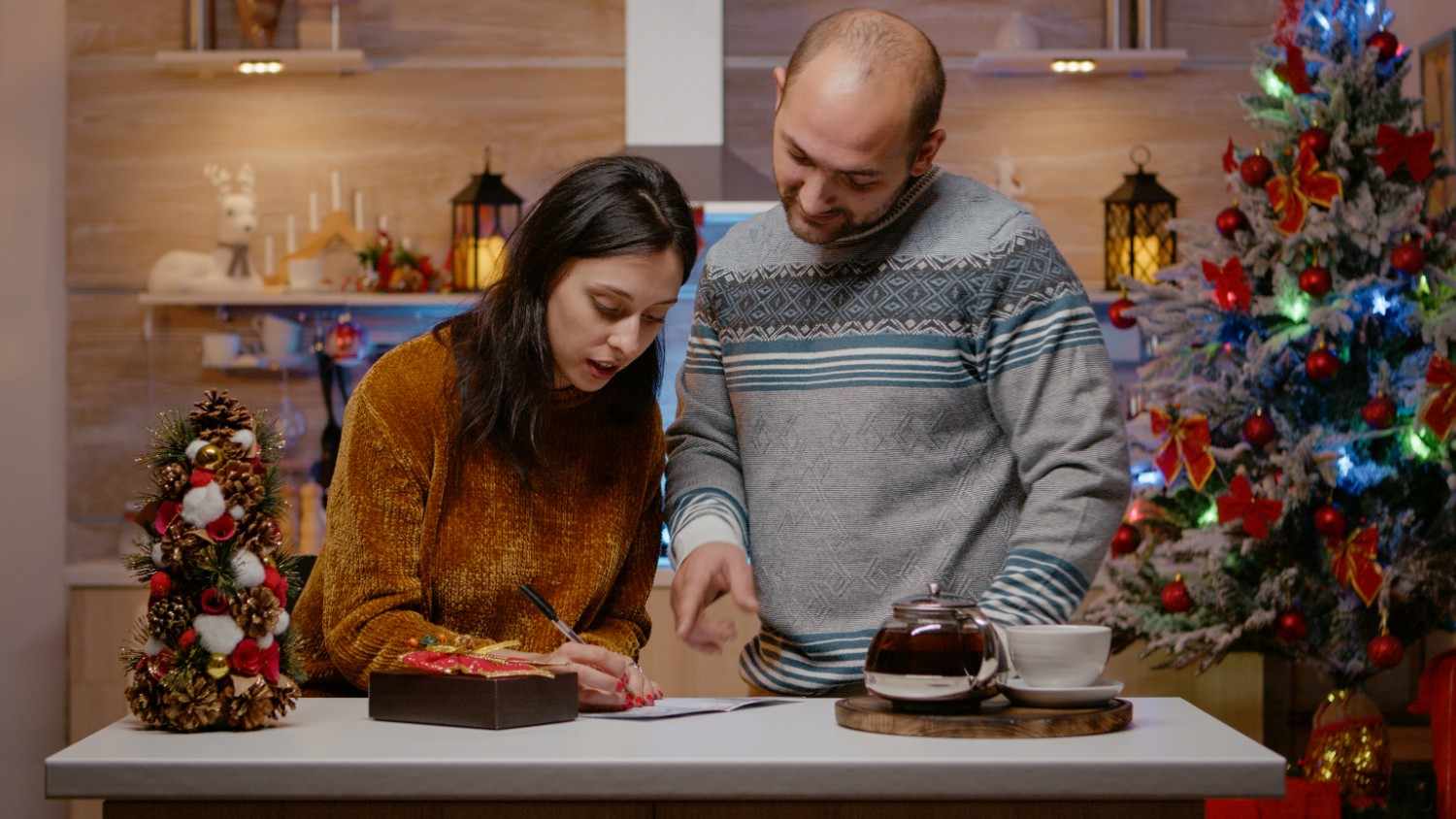As the holiday season approaches, many of us pause and wonder: “What do I want for Christmas?” Though that sounds like a simple question, answering it thoughtfully can help ensure you receive meaningful gifts you’ll truly enjoy. This article walks you through a step-by-step process to figure out your Christmas wish list, plus tips, examples, and a quick comparison table to spark ideas.
Begin with Self-Reflection: Needs vs. Wants
Before drafting a wish list, start by reflecting on your current situation and priorities. Ask yourself:
- What in my life is lacking or could be upgraded? (e.g. tired bedding, slow headphones)
- What hobby or interest am I devoting more time to recently?
- What small luxuries would genuinely improve my day-to-day life?
When you approach “what do I want for Christmas” from this standpoint, your list becomes more intentional and useful rather than random.
Gift Categories to Consider

Here are several gift categories that many people find helpful when building their list. You can pick and mix based on your interests, budget, and lifestyle.
| Category | Examples | Why It Works |
| Home & Comfort | Air fryer, weighted blanket, premium towels | Enhances daily living and brings lasting value |
| Tech & Gadgets | Wireless earbuds, smartwatch, portable charger | Useful and fun, especially for frequent tech users |
| Hobby-centric Picks | A quality chef’s knife, sketching kit, gardening tools | Encourages deeper engagement in your passions |
| Travel & Adventure | Luggage set, passport wallet, travel pillow | Great for those planning getaways |
| Experiences & Subscriptions | Concert tickets, streaming service, cooking class | Often more memorable than material items |
| Practical Gifts | Gift cards, organizer, storage solutions | Lets you decide exactly what you need later |
You don’t need many items per category. Even one or two strong picks can round out your wishlist well.
Brainstorming Your List: Techniques That Help
Here are effective methods to generate and refine list ideas.
a) Mind Mapping & Free Writing
Set a timer for 5 minutes. Write “What I enjoy / What I need” at the center, then branch out ideas. Let yourself write freely without filtering at first.
b) Ask People Who Know You
Friends, family, or coworkers often see desires you don’t. Ask: “If you were buying something for me, what would it be?” Their suggestions might surprise and inspire you.
c) Browse & Save
Explore gift guides, online shops, or social media. When you see something that resonates, save it to a wishlist or folder. Over time, patterns emerge.
d) The “Anti-List” Idea
Sometimes identifying what you do not want is equally helpful. That reduces clutter or unwanted duplicates. (This concept has been used in gift planning discussions online.)
Narrow It Down: Prioritize & Rank

Once you have 10-20 ideas, it’s time to refine. Use these criteria to rank them:
- Usefulness — Will it make your life easier or more enjoyable regularly?
- Longevity — Might it still be relevant a year from now?
- Giftability — Can someone else reasonably purchase it (budget, availability)?
- “Joy Score” — Which items spark excitement when you visualize receiving them?
You can assign a simple score from 1 to 5 for each criterion and total them up to see which items emerge on top.
Turning the Question Into a Wishlist You’ll Use
Here’s how to convert the “what do I want for Christmas” question into a polished wishlist:
- Use specifics: Instead of “headphones,” choose “Sony WH-1000XM5 wireless noise-cancelling.”
- Offer variants or ranges: “This smart watch or one in black/blue version.”
- Include “wild card” items: One or two splurge ideas you’d love if someone really wants to surprise you.
- Add some practical fallback options: e.g. gift cards, with a note that you’ll let them pick.
This helps gift-givers feel confident while still giving them flexibility.
Sample Wish List (for Illustration)
Here’s what a balanced wish list might look like based on the process above:
- Noise-cancelling earbuds
- Compact air fryer
- Travel backpack (carry-on size)
- Online language course subscription
- A smart LED desk lamp
- Restaurant gift card
- Premium bed sheet set
- Wild card: DSLR camera
Notice how it mixes experiences, daily essentials, and one aspirational item.
Tips to Ask, Share & Update Your List

- Share early: Give your wishlist to friends or family ahead of time so they have options.
- Update as necessary: If something becomes obsolete or you get it early, swap it out.
- Balance your list: Ensure there are options across price brackets.
- Be gracious, regardless: The list guides giving — reading the giver’s intention matters more than the gift.
FAQs — Quick Answers to Common Questions
Q1: What if I don’t “need” anything?
Use the opportunity to ask for small treats, experiences, or items that support your goals (e.g. a fitness class, hobby gear, or donation in your name).
Q2: What if someone buys something off my list I no longer want?
You can kindly suggest a return or exchange and provide flexibility (e.g. “feel free to swap to something else on the list”).
Q3: Should I include very expensive items?
Yes — as long as you include more affordable options too. Expensive items can be “wild card” dreams rather than the core.
Q4: Is it okay to ask for cash or gift cards?
Absolutely. Many people appreciate that because it avoids mismatched gifts. Just phrase it politely (e.g., “gift card toward a lens” instead of “money”).
Q5: How many items should I put on the list?
Aim for 8–12 distinct items. Enough to offer variety without overwhelming your gift-givers.
Final Thoughts: Your List, Your Voice
When someone asks, “So, what do you want for Christmas?”, you’ll be ready—with intention, clarity, and options. The process isn’t about greed, but about making the holiday more joyful for both you and those giving.
Let your list reflect your personality, values, and needs. Do you want something that elevates your daily comfort? Or maybe an experience that creates a lasting memory. The best wishlist is one crafted for you—which makes both giving and receiving special.










